Fostering Social Interaction Variability in the Metaverse: A Case Study of the Museum of L’Avesnois in Fourmies
Abstract
1. Introduction
1.1. Metaverse Definitions and Applications in Museum Contexts
1.2. Contemporary Metaverse Technologies in Museums: An Overview of Best Practices
- Narrative-centric immersion—embedding layered storytelling and emotional context can substantially heighten user engagement.
- Social and collaborative tools—proximity-based voice interaction, shared events, and AI avatar guides strongly correlate with visitor satisfaction.
- Adaptive and inclusive design—offering multiple navigation or engagement pathways helps cater to varying levels of digital literacy and interest.
1.3. Study Motivation and Research Questions
- User engagement—which platform features or design decisions most influence user engagement and how can engagement be measured consistently?
- Perceived authenticity—what factors increase or decrease a sense of authenticity among different demographic groups, and to what extent does storytelling mitigate potential authenticity gaps?
- Social interaction—how do users experience social presence in a metaverse environment? Does avatar-based or AI-based interaction augment or detract from their overall sense of immersion?
2. Materials and Methods
2.1. Case Study Site: Museum of L’Avesnois in Fourmies
2.2. Scanning Technologies
2.3. The VECOS Platform: Informatics Perspective
- No-Code/Low-Code Editors: Users can import scanned 3D assets (e.g., building exteriors, interior furniture, historical objects) without direct programming.
- Advanced Avatar Systems: Each participant has a customizable avatar with real-time movement, proximity-based voice chat, and body gesture animations.
- AI Avatars (“BAYA”): These NPC-like guides respond to text or voice queries, providing historical context or directing visitors to specific exhibits. By default, the avatar can trigger interactions when a user’s avatar is within a defined proximity, though visitors can also summon the AI with a text command.
- Interaction Framework: Users can manipulate 3D objects, view additional media (videos, text, and audio), and attend “live” events with multiple participants.
- Analytics and Data Logging: Real-time user tracking is integrated, enabling the collection of participant metrics (e.g., dwell times and object interactions).
- Cross-Platform Compatibility: Content is accessible via VR headsets, desktop software, or mobile devices.
2.3.1. Social Interaction: AI, Avatar Systems, and Real-Time Collaboration
- Functionality and creation: BAYA is developed through a combination of scripted dialogue and AI-driven algorithms. The system is fed curated historical data, including detailed artifact descriptions, contextual narratives, and interpretative insights about the reconstructed street and industrial heritage. This content is maintained via an integrated content management system that allows for updates and expansions as needed.
- BAYA operates in dual modes: Automatic Activation, when a visitor’s avatar approaches a designated exhibit or point of interest, BAYA is triggered automatically to provide a brief, contextual overview, and On-Demand Interaction, where visitors can also actively engage by sending a written message or using voice commands, prompting BAYA to deliver more detailed information or answer specific questions.
- This approach ensures that our AI avatars not only guide visitors effectively but also adapt to varying user preferences and interaction styles within the virtual museum.
- Follow-Me option: A key enhancement in our system is the “follow-me” feature. Visitors can request BAYA to take them on a personalized tour using the follow-me button. In this mode, BAYA actively leads the visitor through the virtual museum, highlighting key exhibits and providing narrative context along the way. This feature not only streamlines the tour experience but also allows for adaptive guidance based on the visitor’s pace and interests.
2.3.2. Interactive Object Management and Immersive Content
2.3.3. Experimentation and Real-Time Data Collection
2.3.4. Cross-Platform Accessibility and Scalability
2.4. Methodology Overview and Study Design
2.4.1. Procedure
- Participant Recruitment: The event is part of a series of actions carried out as part of EUNICE Weeks 2022, taking place from October 20 to November 24, an initiative of the European University EUNICE and offering numerous cultural, sporting and educational activities. A total of 75 participants were recruited through the EUNICE (European University Network for Excellence), an academic consortium that promotes interdisciplinary exchange and excellence among universities across Europe (Figure 8). These participants were specifically selected from a diverse range of countries and academic disciplines within the network, ensuring a heterogeneous group in terms of cultural backgrounds and fields of study. This diversity provided a robust sample to examine how varying user demographics engage with digital heritage content within a metaverse environment. The recruitment process was initiated through an open call within the EUNICE program (Figure 8), wherein students were invited to subscribe to participate in an immersive exploration of the virtual Museum of L’Avesnois using the VECOS platform. This approach allowed for a transnational, interdisciplinary sample that could provide insights into the cross-cultural dynamics of social interaction, authenticity perception, and user engagement in digital heritage settings.Participant Details: Most participants joined remotely from personal devices (e.g., desktop/laptop, VR headsets, or mobile phones), a smaller subset accessed the experience through on-campus facilities. The final sample reflected primarily undergraduate and master’s-level students, aligning with the younger demographic typically present in EUNICE institutions, yet still encompassed participants aged over 30. Table 1 summarizes the key demographic and technological characteristics of the cohort, which are broadly consistent with a cross-institutional, multidisciplinary audience.Approximately 90.7% took part in the study remotely, while 9.3% participated on campus. In terms of device usage, 66.7% accessed the metaverse via desktops or laptops, 20.0% used VR headsets, and 13.3% relied on mobile phones. This distribution underscores both the platform’s cross-device capabilities and the participants’ varied technical backgrounds. All participants completed a guided tour before optionally exploring the virtual environment independently, and then provided feedback through surveys and focus group discussions. This arrangement offered a multifaceted perspective on how diverse learners in a European academic network engaged with and experienced an immersive metaverse-based cultural heritage setting.
- Activities and Interactions: The virtual museum serves as a vibrant gateway into the virtual Museum of L’Avesnois, transporting visitors to an early 20th century townscape where cobblestone alleys, artisan workshops, and brick façades evoke Fourmies’ industrial past. Visitors navigate the street as customizable avatars, encountering interactive stalls, shops, and domestic interiors where they can inspect scanned objects, trigger short historical narratives, and manipulate virtual tools in craft demonstrations (Figure 9).Beyond simple observation, the experience weaves in mini-games, quizzes, and guided storytelling features that prompt users to explore specific artifacts, discover hidden anecdotes, and compare historical recipes. In the schoolhouse, participants can attend simulated lessons and experiment with vintage lesson materials, while a market stall showcases regional produce linked to diaries and oral histories about day-to-day life in the Avesnois. These interwoven activities foster immersion and collaboration, allowing visitors to not only see history but to step into it, exchanging views, solving guessing games together, and forging emotional connections with the heritage that shaped this industrial community.
- Group Assignment: To simulate social interaction dynamics, the 75 participants were divided into virtual groups of 10–15 individuals. Each group was assigned a trained moderator, whose role was to facilitate the interaction between participants, guide them through the virtual exhibits, and ensure the effective use of Vecos’ advanced features. These moderators had undergone specialized training in the Vecos platform to ensure that they could efficiently support the participants in navigating the environment, engaging with interactive content, and making full use of the platform’s communication tools.
- Guided Tour Structure: The moderators also played a crucial role in observing group behaviors, noting key interaction points, and providing real-time support where necessary. By facilitating small group discussions and guided tours, the moderators ensured that each group experienced the reconstructed street in a way that fostered both collaborative exploration and individual discovery. These group dynamics were carefully orchestrated to reflect real-world social interactions in heritage spaces, providing a rich dataset for subsequent analysis.
2.4.2. Instruments
- Embedded Analytics: The Vecos platform includes sophisticated real-time tracking of user behaviors, including navigation patterns, interaction points, and group communication dynamics. The platform’s analytics tools allowed the research team to capture detailed data on how participants moved through the virtual space, which exhibits attracted the most attention, and the nature and frequency of interactions between participants and the AI avatars. This interactional data were essential for understanding the degree to which participants engaged with both the digital content and their fellow users.
- User Surveys: Following the virtual exploration, participants completed a detailed post-experience survey, which assessed their perceptions of the virtual environment in terms of authenticity, usability, and emotional engagement. The survey included Likert scale items to measure user satisfaction with various aspects of the Vecos platform, such as the ease of navigation, the quality of social interactions, and the educational value of the exhibits. Open-ended questions allowed participants to provide qualitative feedback, offering deeper insights into how the virtual environment compared to traditional, in-person museum experiences.
- Focus Groups: A series of focus groups was conducted with each of the virtual groups after their exploration of the museum. These focus groups provided a platform for more in-depth discussions about the participants’ experiences. The conversations were transcribed and subjected to a thematic analysis, which identified recurring themes related to user engagement, the perceived authenticity of the virtual environment, and the effectiveness of social interactions within the metaverse.
2.4.3. Analysis
- Quantitative Analysis: The embedded analytics data were processed to identify patterns in users’ behaviors, such as the time spent on various exhibits, interaction frequencies, and navigation paths. Statistical methods, including regression analysis and ANOVA, were applied to determine the relationships between user engagement metrics and factors such as the group size and prior experience with virtual environments. Additionally, heatmaps were generated to visualize areas of high user interaction, providing a spatial representation of participant engagement within the virtual museum.
- Qualitative Analysis: The open-ended survey responses and focus group transcripts were analyzed using thematic coding, focusing on key themes such as authenticity, social interaction, and usability. The qualitative data were triangulated with the quantitative findings to provide a more nuanced understanding of how participants experienced the virtual environment. This convergent analytical approach allowed for a comprehensive evaluation of the research questions, ensuring that both behavioral patterns and subjective experiences were adequately captured.
3. Results
3.1. User Engagement
3.1.1. Quantitative Outcomes
3.1.2. Qualitative Insights
3.1.3. Interpretation and Link to Study Variables on UE
3.2. Perceived Authenticity
3.2.1. Quantitative Outcomes
3.2.2. Qualitative Insights
3.2.3. Interpretation and Link to Study Variables on PA
3.3. Social Interaction
3.3.1. Quantitative Outcomes
3.3.2. Qualitative Insights
3.3.3. Interpretation and Link to Study Variables on SI
3.4. Summary of the Findings and Statistical Integration
- User Engagement
- ∘
- High overall engagement was observed (M = 4.3), which was particularly pronounced among experienced VR users (p < 0.01).
- ∘
- Engagement correlates with feature mastery (r = 0.42), implying that well-designed tutorials or adaptive layouts could mitigate novice overload.
- Perceived Authenticity
- ∘
- Moderate authenticity ratings were observed (M = 3.9), with significant intergenerational gaps (p < 0.05).
- ∘
- Story-driven tours boost the authenticity perception by approximately 15%, suggesting that layered narratives and additional context effectively bridge the aura deficit.
- Social Interaction
- ∘
- Engaging in group-based or AI-led events substantially improves emotional engagement (p < 0.01).
- ∘
- Technical or cognitive hurdles hinder some users from enjoying communal features, presenting an opportunity for refined user flow and targeted support.
4. Conclusions
4.1. Enhancing User Engagement: Opportunities and Challenges
4.2. Authenticity in the Virtual Space: Perception vs. Reality
4.3. The Role of Social Interaction in the Metaverse
4.4. Implications for Cultural Heritage Institutions
Supplementary Materials
Author Contributions
Funding
Data Availability Statement
Conflicts of Interest
References
- Flavián, C.; Ibáñez-Sánchez, S.; Orús, C. The impact of virtual, augmented, and mixed reality technologies on the customer experience. J. Bus. Res. 2021, 122, 547–561. [Google Scholar] [CrossRef]
- Dwivedi, Y.K.; Hughes, L.; Baabdullah, A.M.; Ribeiro-Navarrete, S.; Giannakis, M.; Al-Debei, M.M.; Dennehy, D.; Metri, B.; Buhalis, D.; Cheung, C.M.; et al. Metaverse beyond the hype: Multidisciplinary perspectives on emerging challenges, opportunities, and agenda for research, practice, and policy. Int. J. Inf. Manag. 2022, 66, 102542. [Google Scholar] [CrossRef]
- Zhang, X.; Liu, M.; Zhang, Y. Immersive virtual reality and computer vision for heritage: Evaluating industrial heritage along the Yunnan-Vietnam Railway. Herit. Sci. 2024, 12, 23–42. [Google Scholar]
- Benjamin, W. The Work of Art in the Age of Mechanical Reproduction. In Illuminations; Arendt, H., Ed.; Zohn, H., Translator; Schocken Books: New York, NY, USA, 1969; pp. 217–251. [Google Scholar]
- Leopardi, G.; Russo, P. Authenticity and aura in digital heritage: Bridging the material and virtual. Digit. Appl. Archaeol. Cult. Herit. 2021, 22, e00234. [Google Scholar]
- Giovannini, E.; Bono, M. Virtual museums and social interaction: Challenges and design strategies. Converg. Int. J. Res. New Media Technol. 2023, 29, 301–322. [Google Scholar]
- Lee, C.M. Cognitive load in interactive digital environments: Implications for virtual museum design. Front. Psychol. 2023, 14, 1002009. [Google Scholar]
- Flavián, C.; Ibáñez-Sánchez, S.; Orús, C. Balancing interactivity and coherence in virtual environments. J. Comput. Cult. Herit. 2023, 16, 18. [Google Scholar]
- Ritterbusch, S.; Teichmann, R. Integrating inaccessible collections into virtual museums: A case study. Herit. Sci. 2023, 11, 112. [Google Scholar]
- Giovannini, E.; Bono, M. Social interaction in the metaverse: Enhancing engagement through collaborative experiences. Virtual Archaeol. Rev. 2023, 14, 5–15. [Google Scholar]
- Chen, Y.; Volkova, E. Virtual reality as a bridge: Enhancing intercultural learning and communication skills among international students. Interact. Learn. Environ. 2024, 32, 1234–1251. [Google Scholar] [CrossRef]
- Park, S.; Kim, Y. A Metaverse: Taxonomy, Components, Applications, and Open Challenges. IEEE Access 2022, 10, 4209–4251. [Google Scholar] [CrossRef]
- Farshid, M.; Paschen, J.; Eriksson, T.; Kietzmann, J. Go boldly!: Explore augmented reality (AR), virtual reality (VR), and mixed reality (MR) for business. Bus. Horiz. 2018, 61, 657–663. [Google Scholar] [CrossRef]
- Castri, T.; Moro, T.; Malvino, V. Extended reality applications in cultural heritage: A state-of-the-art review. Digit. Appl. Archaeol. Cult. Herit. 2022, 25, e00317. [Google Scholar]
- Styliani, S.; Liarokapis, F.; Kotsakis, K.; Patias, P. Virtual museums, a survey and some issues for consideration. J. Cult. Herit. 2009, 10, 520–528. [Google Scholar] [CrossRef]
- Ritterbusch, S.; Teichmann, R. Exploring industrial heritage through virtual environments: Insights from the Museum of L’Avesnois. Herit. Sci. 2023, 11, 101–119. [Google Scholar]
- Kenderdine, S.; Yip, A. The proliferation of aura: Facsimiles, authenticity and digital objects. In Proceedings of the Digital Heritage International Congress, Granada, Spain, 28 September–2 October 2015; Volume 1, pp. 1–8. [Google Scholar]
- Makransky, G.; Terkildsen, T.S.; Mayer, R.E. Adding immersive virtual reality to a science lab simulation causes more presence but less learning. Learn. Instruc. 2019, 60, 225–236. [Google Scholar] [CrossRef]
- Menard, A.; Dupont, L. Industrial heritage and social narratives: Reimagining history through virtual reconstruction. J. Herit. Stud. 2018, 24, 257–272. [Google Scholar]
- Champion, E.; Jiménez, J. Empathy through immersive heritage experiences: Anne Frank VR. Virtual Herit. Q. 2023, 6, 45–58. [Google Scholar]
- Mystakidis, S. Metaverse. Encyclopedia 2022, 2, 486–497. [Google Scholar] [CrossRef]
- Thue, D.; Bulitko, V.; Spetch, M.; Wasylishen, E. Dynamic scenario adaptation balancing control, coherence and emergence. In Proceedings of the Artificial Intelligence and Interactive Digital Entertainment Conference, Marina Del Rey, CA, USA, 20–23 June 2006; pp. 91–96. [Google Scholar]
- Gunawardena, C.N.; Zittle, F.J. Social presence as a predictor of satisfaction in a computer-mediated conferencing environment. Am. J. Distance Educ. 1997, 11, 8–26. [Google Scholar] [CrossRef]
- Kara, N. A mixed-methods study of cultural heritage learning through playing a serious game. Int. J. Hum.-Comput. Interact. 2024, 40, 1397–1408. [Google Scholar] [CrossRef]
- Aburamadan, R.; Trillo, C.; Udeaja, C.; Moustaka, A.; Awuah, K.G.B.; Makore, B.C.N. Heritage conservation and digital technologies in Jordan. Digit. Appl. Archaeol. Cult. Herit. 2021, 22, e00197. [Google Scholar] [CrossRef]
- Bolaji David, O.; Ajani, Y.A.; Ukaegbu, B.C.N.; Oloniruha, E.A. Cultural Preservation Through Immersive Technology: The Metaverse as a Pathway to the Past. Preserv. Digit. Technol. Culture 2024, 53, 157–164. [Google Scholar] [CrossRef]
- Hardy-Hémery, O. La naissance de l’industrie sidérurgique dans le Nord de la France. Rev. Nord 2002, 84, 31–58. [Google Scholar]
- Zhou, Q.; Wang, S.; Wang, J. Exploring User Experience in Virtual Industrial Heritage Platforms: Impact of Cultural Identity, Functional Clarity, Scene Interactivity, and Narrative Quality. Buildings 2025, 15, 253. [Google Scholar] [CrossRef]
- Holliday, K. Recreating urban landscapes in virtual environments: A study of industrial France. Digit. Humanit. Q. 2020, 14, 200–222. [Google Scholar]
- Barthes, R. Mythologies; Hill and Wang: New York, NY, USA, 1972. [Google Scholar]
- Baudrillard, J. Simulacra and Simulation; University of Michigan Press: Ann Arbor, MI, USA, 1994. [Google Scholar]
- Smith, L. Uses of Heritage; Routledge: Milton Park, UK, 2006. [Google Scholar]
- Salvatore, D.; Hecht, S. Labor unrest in industrial France: A case study of Fourmies. Eur. Rev. Soc. Hist. 2019, 26, 45–63. [Google Scholar]
- Armitage, K.; Zinn, A. Balancing industrial progress and social equity: Lessons from digital heritage projects. Herit. Soc. 2021, 14, 119–134. [Google Scholar]
- Chevalier, M. The role of interactive VR in historical education: Insights from French ecomuseums. Virtual Herit. Q. 2022, 5, 87–102. [Google Scholar]
- Durand, P.; Lambert, S. Innovative approaches to heritage in the digital age: Lessons from Hauts-de-France. J. Cult. Herit. 2023, 35, 303–321. [Google Scholar]
- Apple Inc. LiDAR Technology and Its Application in Handheld 3D Scanning; Apple White Papers; Apple Inc.: Cupertino, CA, USA, 2023. [Google Scholar]
- Qian, Y.; Fan, Z. Portable LiDAR for cultural heritage documentation: Opportunities and limitations. Digit. Archaeol. Q. 2021, 8, 123–134. [Google Scholar]
- Schnabel, R.; Wahl, R.; Klein, R. Efficient RANSAC for point-cloud shape detection. Comput. Graph. Forum 2007, 26, 214–226. [Google Scholar] [CrossRef]
- FARO Technologies. Innovations in Large-Scale Scanning: A Technical Overview; FARO Technical Insights; FARO Technologies: Lake Mary, FL, USA, 2022. [Google Scholar]
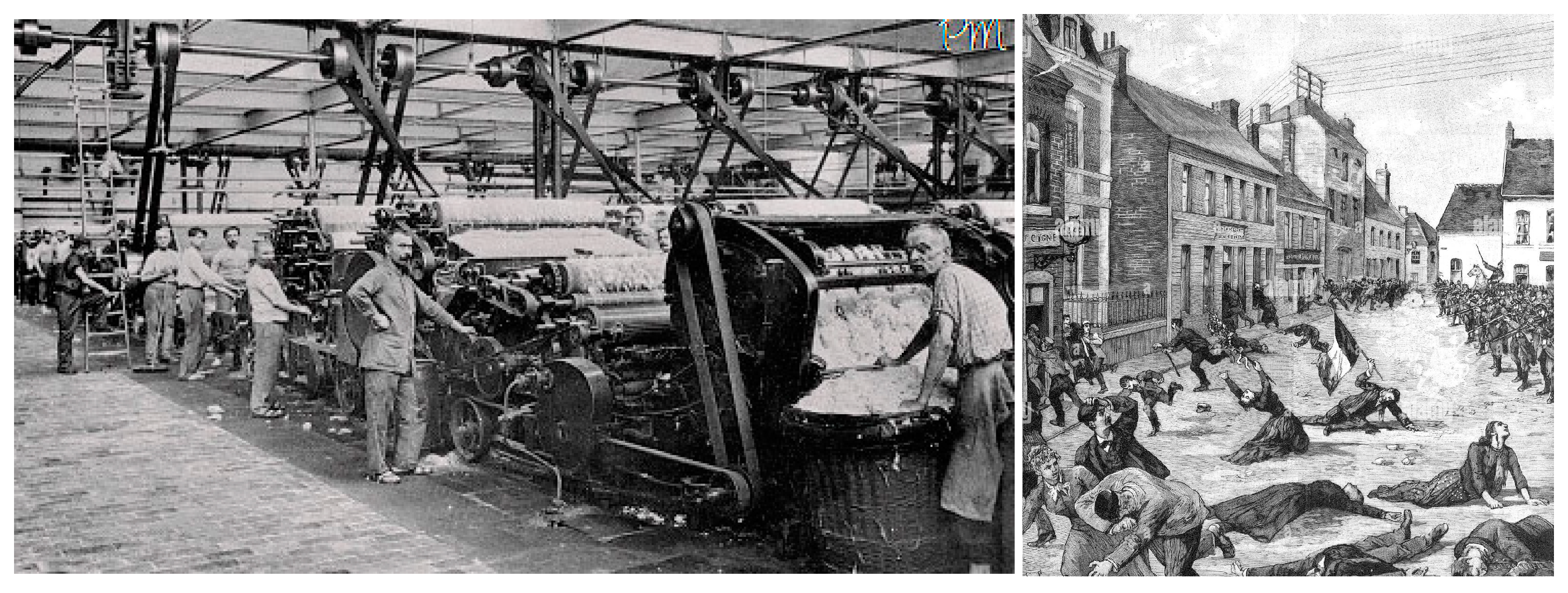




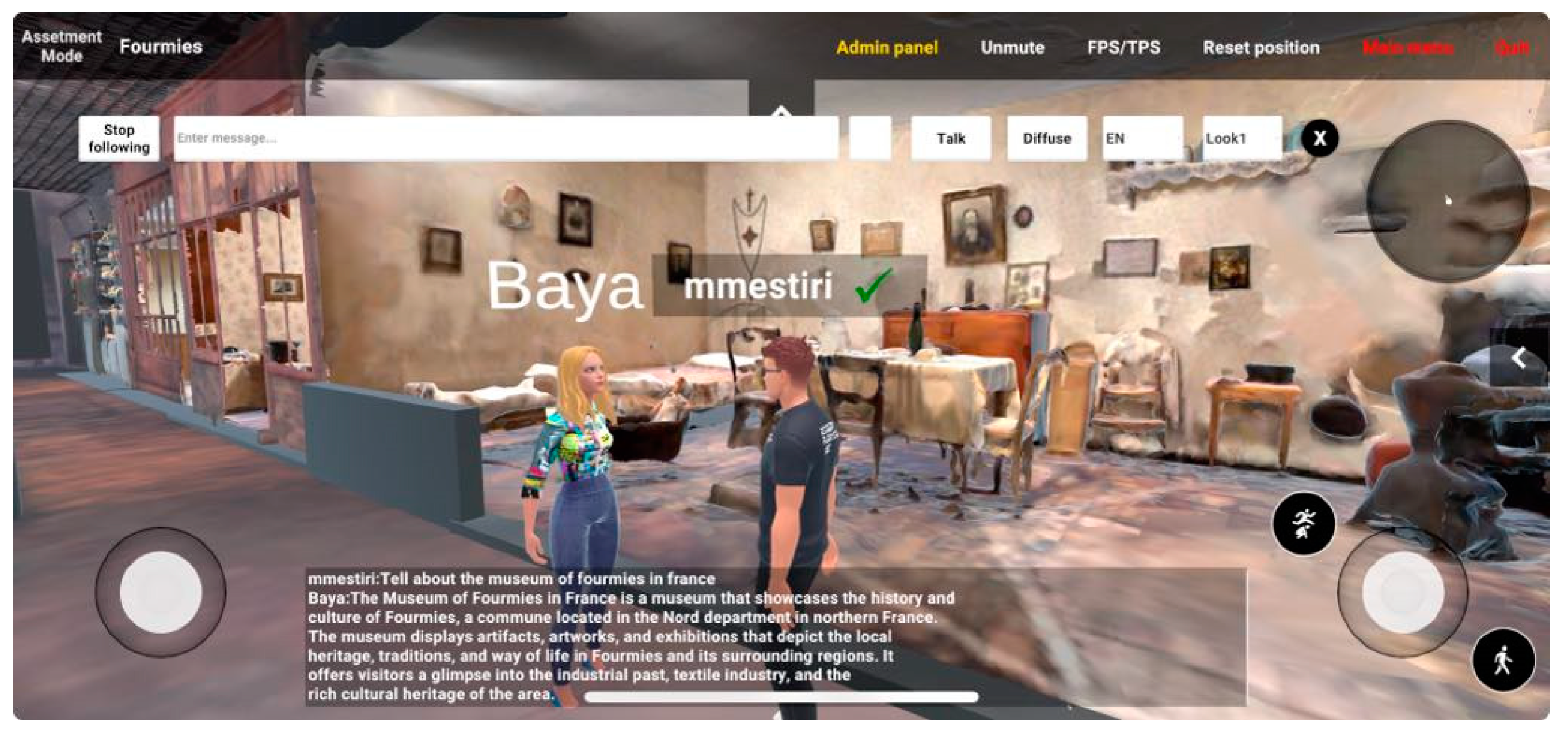

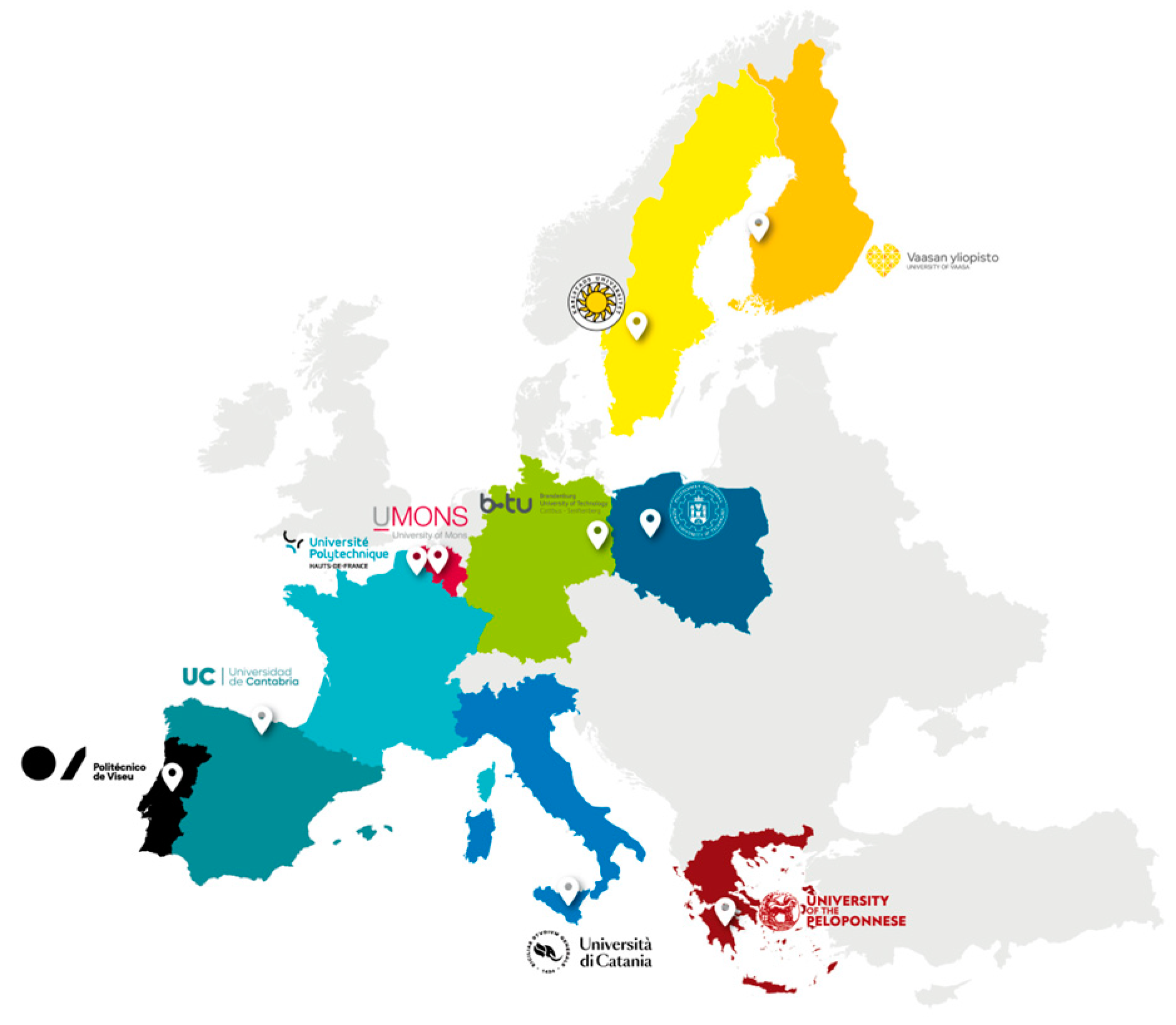





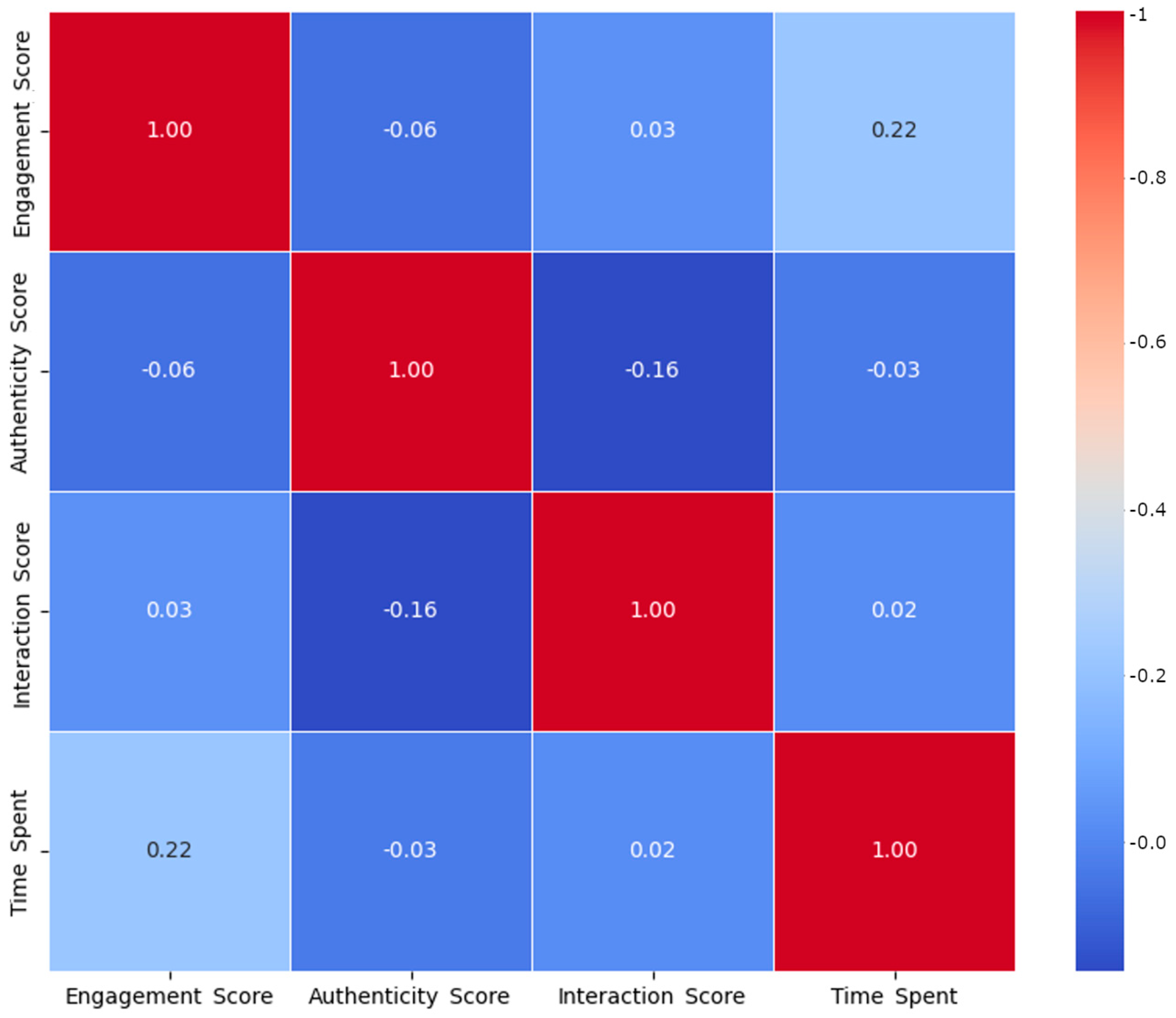
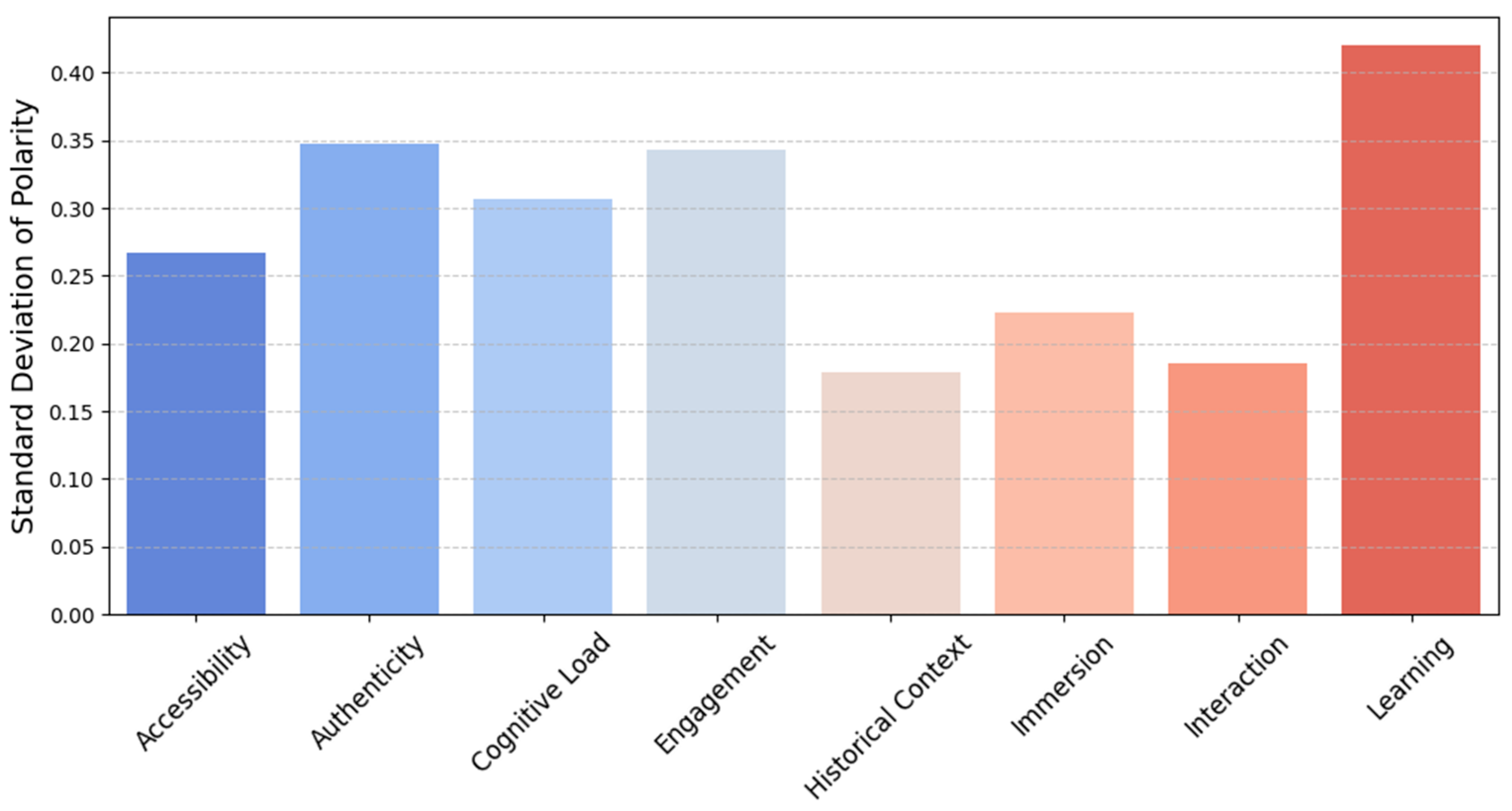
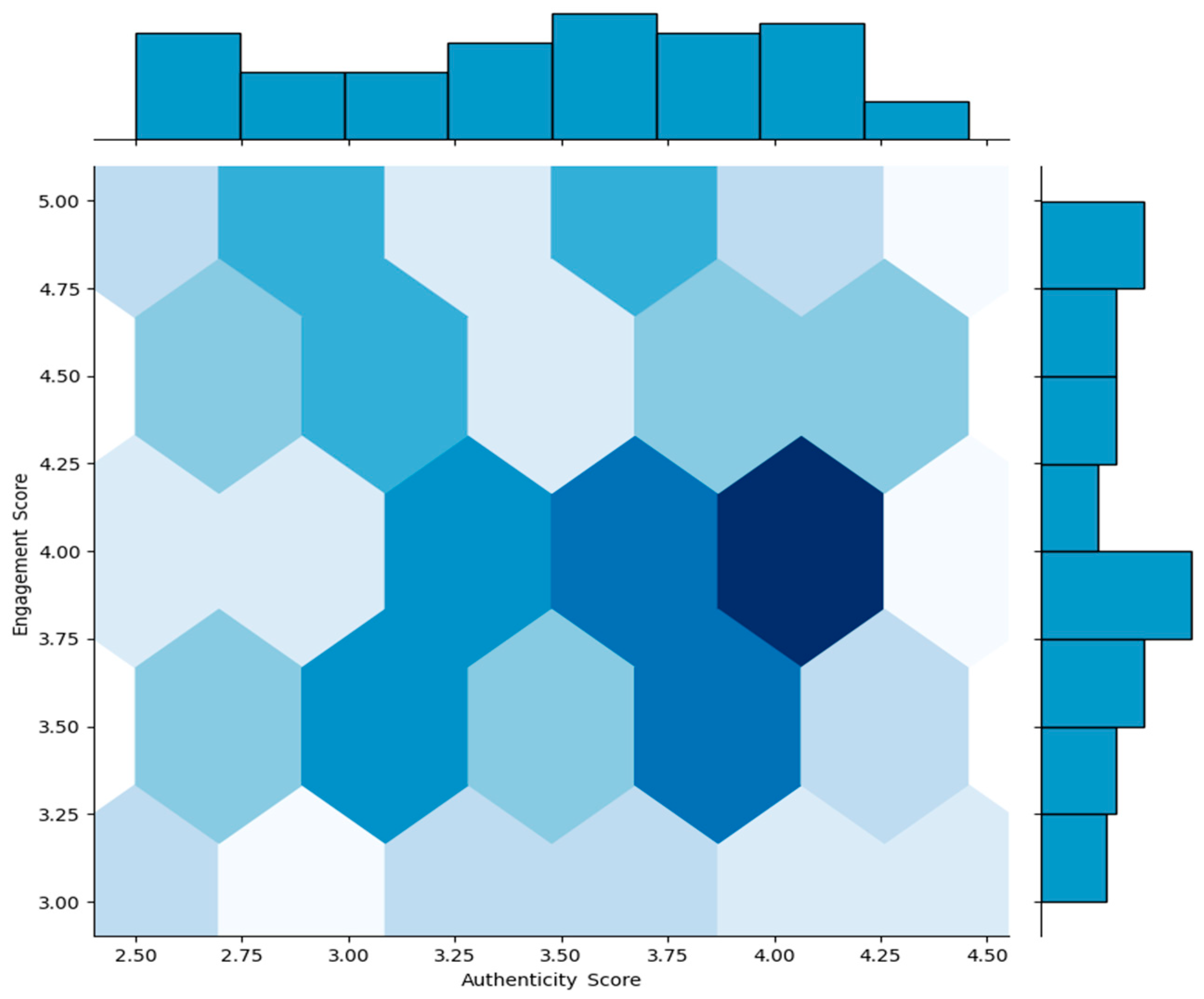
| Variable/Category | N = 75 | Percentage |
|---|---|---|
| Age Range | ||
| 18–24 | 40 | 53.3% |
| 25–29 | 25 | 33.3% |
| 30+ | 10 | 13.4% |
| Country of Origin | ||
| France | 21 | 28.0% |
| Germany | 15 | 20.0% |
| Spain | 3 | 4.0% |
| Italy | 5 | 6.7% |
| Belgium | 8 | 10.7% |
| Finland | 7 | 9.3% |
| Portugal | 6 | 8.0% |
| Poland | 6 | 8.0% |
| Greece | 4 | 5.3% |
| Participation Location | ||
| Remote (Home) | 68 | 90.7% |
| On Campus (Lab) | 7 | 9.3% |
| Primary Device | ||
| Desktop/Laptop | 50 | 66.7% |
| VR Headset | 15 | 20.0% |
| Mobile Phone | 10 | 13.3% |
Disclaimer/Publisher’s Note: The statements, opinions and data contained in all publications are solely those of the individual author(s) and contributor(s) and not of MDPI and/or the editor(s). MDPI and/or the editor(s) disclaim responsibility for any injury to people or property resulting from any ideas, methods, instructions or products referred to in the content. |
© 2025 by the authors. Licensee MDPI, Basel, Switzerland. This article is an open access article distributed under the terms and conditions of the Creative Commons Attribution (CC BY) license (https://creativecommons.org/licenses/by/4.0/).
Share and Cite
Mestiri, M.; Khadhar, M.; Huftier, A.; Fergombe, A. Fostering Social Interaction Variability in the Metaverse: A Case Study of the Museum of L’Avesnois in Fourmies. Heritage 2025, 8, 171. https://doi.org/10.3390/heritage8050171
Mestiri M, Khadhar M, Huftier A, Fergombe A. Fostering Social Interaction Variability in the Metaverse: A Case Study of the Museum of L’Avesnois in Fourmies. Heritage. 2025; 8(5):171. https://doi.org/10.3390/heritage8050171
Chicago/Turabian StyleMestiri, Makram, Meriem Khadhar, Arnaud Huftier, and Amos Fergombe. 2025. "Fostering Social Interaction Variability in the Metaverse: A Case Study of the Museum of L’Avesnois in Fourmies" Heritage 8, no. 5: 171. https://doi.org/10.3390/heritage8050171
APA StyleMestiri, M., Khadhar, M., Huftier, A., & Fergombe, A. (2025). Fostering Social Interaction Variability in the Metaverse: A Case Study of the Museum of L’Avesnois in Fourmies. Heritage, 8(5), 171. https://doi.org/10.3390/heritage8050171







